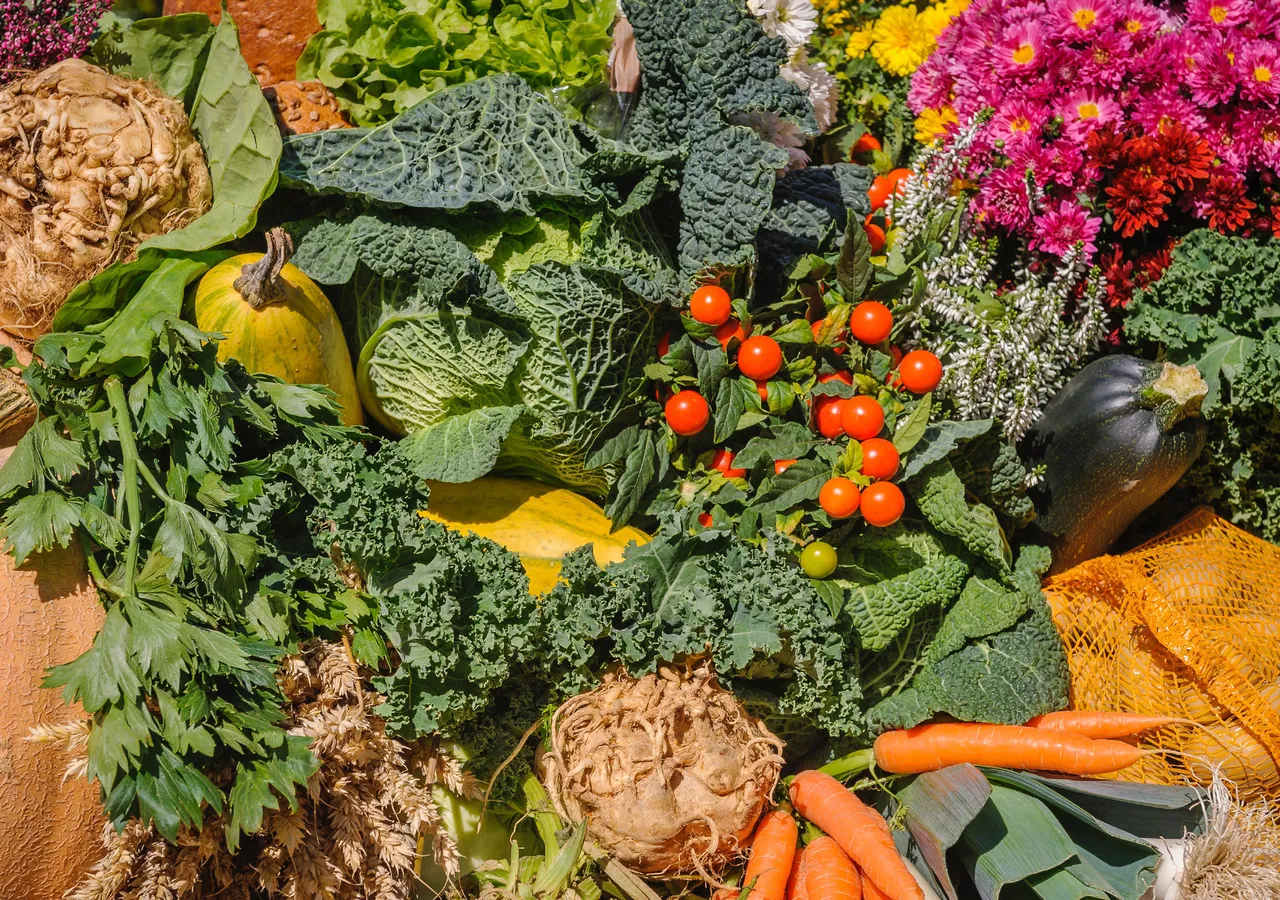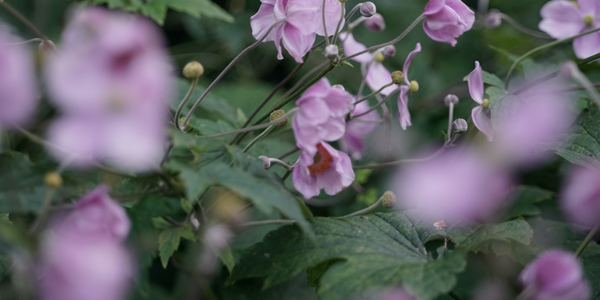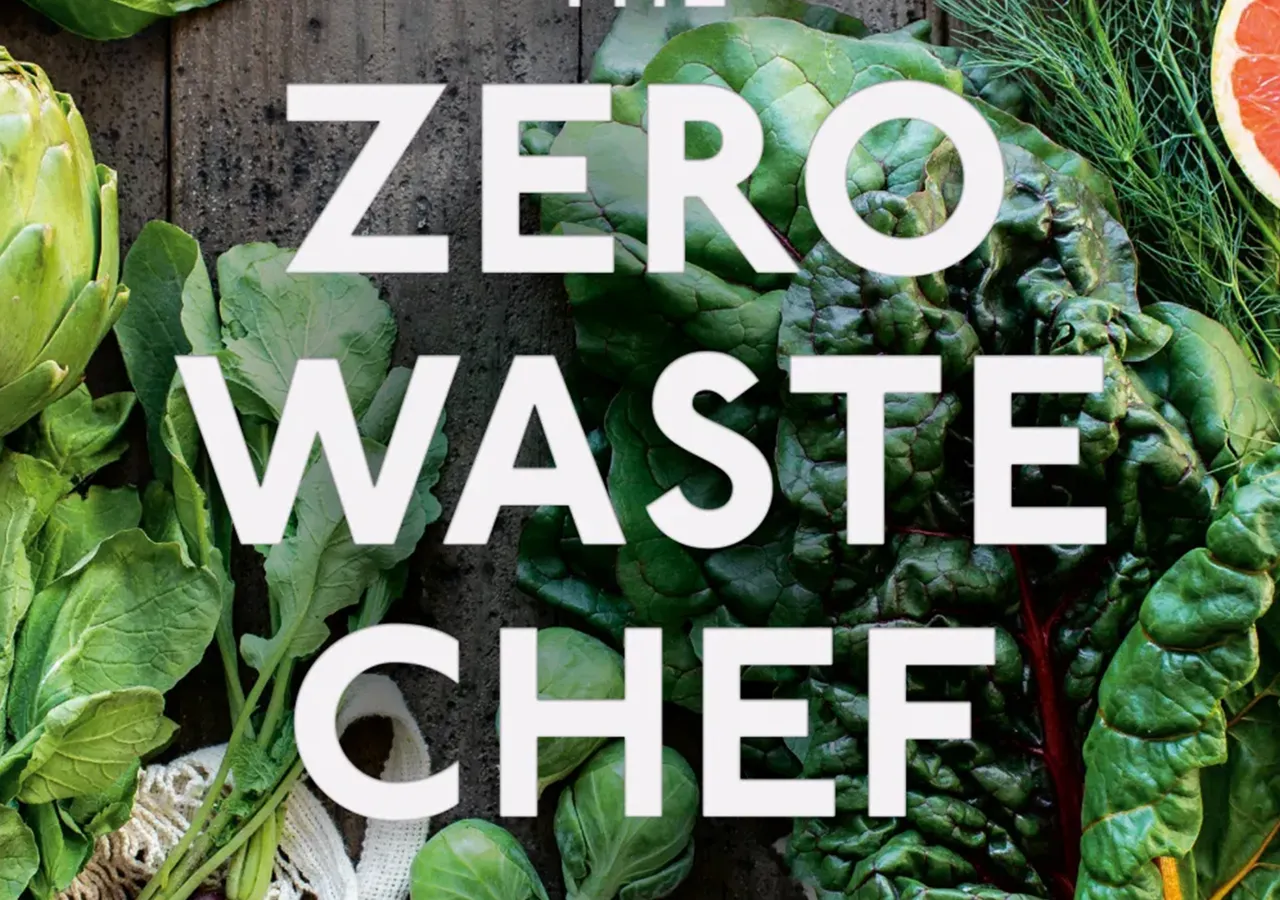July Seasonal Gardening Tips – Subtropical Queensland

July is typically our last ‘short winter’ month. Winter occasionally stretches into early August, as every year is a little different. So, we can still expect cool temperatures day and night with relatively low humidity. Unless we get rain of course! There’s still time to sow many winter crops. Ideally, after it rains or is watered so the soil is moist. Make sure to prepare your soil well before planting for the best results.
Should you sow seeds or seedlings? That depends! Does your vegetable or herb have a long seed germination period? If it’s quick ( days) and a fast-to-mature crop like lettuce, you can sow seeds, raise seedlings and harvest your crop while the weather is still cool. If your seeds germinate slowly (8-21+ days) and take 2-3 months to mature, it’s another story! You may be pushing it to get a harvest onto your plate before warmer weather returns in spring (August/September) or even our ‘sprummer’ transitional season (October/November). That can be a tricky time of year! It may be quicker and a safer bet to plant seedlings for winter crops at this time of year. Especially if you aren’t already raising seedlings for crops like cabbage, broccoli and cauliflower.
Sun, Shade and Climate: Thankfully, pests and diseases are minimal during July. Many insects tend to overwinter due to cold temperatures. Average lower humidity (<70%) means fewer disease problems. So make the most of this time by growing cool-season vegetables and herbs. Sow little and often (succession plant) for a continuous harvest of fresh ingredients. If your garden is shadier with the shorter days, remember you can still plant a wide variety of shade-tolerant edibles. Daylight hours are shorter in winter but start to lengthen again after the June winter solstice. So, observe your sun/shade zones. Prioritise positions for plants that need full sun positions (6 hours of direct sunlight/day). Fruiting crops and fruit trees especially! Move containers around on portable trolleys or castors to catch the sun during the day if you have limited sunlight or consider planting vertically. Watch your local weather conditions.
Lawns: While you’re likely enjoying not mowing as often, lawns can struggle to maintain health in July. You’ll likely see more weeds emerging. Stay on top of the mowing and whipper snipping to avoid seed heads forming. Top dress with a light layer of compost and rock minerals, watered in with liquid seaweed and diluted Epsom salts. This encourages strong root development and a thicker thatch to minimise weeds. Less weeding later, right? Leave the catcher off your mower to self-mulch and return nutrients to the soil for a healthier lawn.

Citrus Trees: Have you pruned your citrus trees yet? If not, there’s only a short window left! You need to ‘read’ each tree to observe when they become dormant for a brief period. They will finish fruiting before taking a wee break and getting ready to flower again - usually by the end of July or early August. Now is the time to shape each tree and prune back as needed for next season’s growth. If you miss this critical timing, you’ll have to wait another year! Support new growth with extra slow-release nutrients. Remineralise, add organic matter and mulch along with trace elements like liquid seaweed. If you want to plant more fruit trees in July, try to source bare-rooted varieties to save money on your urban orchard. Plant them now when dormant as they won’t suffer transplant shock. The root system will be settled in by the time warmer spring temperatures arrive.
Pruning & Maintenance
When most fruit trees, berries, climbers, perennials and ornamentals are dormant in winter, it’s an ideal time to prune. Shape any straggly growth to encourage new leaves, buds, flowers and fruit.
If you live in one of the few places that suffer frost in our climate, cover and protect your plants to prevent damage. Protect plants from drying winds with windbreaks and covers if needed. Exposed areas will be especially vulnerable to August winds. Importantly, spend some time planning and reflecting on your garden. What has grown well? What struggled? Using a garden journal is an especially valuable tool to make more informed decisions about plants, problems and solutions. Learn more about the benefits of keeping records here.

Fertilising and Replenishing Nutrients
Plants don’t grow as strongly over the cooler months, so they don’t have the same water needs. Adjust your watering to avoid wastage. Save rainwater any way you can because early spring doesn’t get as much rain and every drop counts. Top up with compost and worm castings for nutrient-rich soil and enriched potting mix for food crops. Prepare soil now for strong spring growth. Remineralise and add trace elements with plenty of organic matter like fallen leaves, prunings, grass clippings and mulch.
Tomatoes, broccoli and cauliflower (we eat the flower part remember) and other fruiting crops will benefit from a sprinkle of potash from your fireplace, Sulphate of Potash or a mineral blend with potassium to boost flower production. Water in well. Always pH test your soil each season too.
The onion family does NOT like nitrogen-rich fertilisers as they attract aphids with fast sappy growth. Compost and liquid nutrients are ideal and keep your garlic weed-free. Garlic hates competition!
Container gardens may need fresh potting mix before new plantings to replenish organic matter and nutrients. Follow my potting mix guide to improve bagged potting mix or make your own with easily available ingredients for a long-lasting, moisture and nutrient-holding soil. Lifeless, dry dead dirt won’t grow healthy produce so invest in your health by focusing on your soil first. You can also use this guide to make 5 organic seed raising mix recipes.
What to Plant in July
If you’re not sure when each of our five seasons starts and ends, or what to plant each month, refer to the perpetual Subtropical Planting Guide. I designed this guide for our local subtropical climate. This is an ideal time for sowing Asian greens, beans, beetroot, all brassicas (broccoli, kale, rocket, tatsoi, cauliflower, cabbages), broad beans, capsicum, carrots, celery, chard, chia, cool-season green manures, eggplant, garlic, leek, lettuce, mizuna, mustard, peas, potato, perpetual spinach, radish, silverbeet, spring onions and cherry tomatoes.
If you are impatient for peas and beans, sow dwarf/bush varieties first, then climbers. The bush peas and beans will produce flowers and pods earlier than climbing varieties because these need to put on more leaf growth before flowering. The dwarfs will give you a quick crop and 3-4 harvests. By then, your climbers will be producing plenty of peas and beans and will last much longer, so you can extend the harvest. A simple strategy for enjoying these vegetables for longer. Sow some peas as microgreens for crunchy pea shoots. Watch video here. If you want to save money instead of buying seeds or seedlings, watch this video I created to help you learn how to grow food for free from kitchen ‘waste’. The tips are so easy to apply and sustainable.
Fruits
So many options including: Tropical Apples, Black Sapote, Blueberry, Carambola, Citrus, Coffee, Feijoa, Grape, Guava, Kiwifruit, Mulberry (easy from cuttings taken in the new moon phase), Nectarine, Olive, Papaya, Passionfruit, Peach (try tropical and dwarf varieties), Pomegranate and Strawberry runners. Remember to remove any buds from young fruit trees so they can put energy into growing roots, not fruit in their first year.
Strawberries will be flowering and fruiting now. If your ‘mother’ strawberry plants are throwing runners, separate them and feed up well with compost and liquid seaweed to boost new root and shoot growth.

Herbs and flowers
Sow American Upland or Land cress, Angelica, Borage, Calendula, Catnip, Chamomile, Chervil, Chicory, Chives, Coriander (slow bolt), Dill, Fennel, Herb Robert, Hyssop, Lavender, Lemon balm, Lovage, Marjoram, Mint, Nasturtium, Oregano, Parsley, Perennial 'Sawtooth' or Mexican coriander, Rocket, Rosemary, Sage, Salad Burnet, Thyme, Watercress, Winter savory and Winter tarragon. Flowers to sow include Calendula, Cornflower, Dianthus, Marigold, Lobelia, Nemesia, Pansy, Petunia, Sweet Alyssum, Phlox, Snapdragon, Statice, Strawflower, Sweet Pea and Viola.
Interplant your herbs and flowers between vegetables (particularly brassicas) to attract beneficial predator insects to keep caterpillars and other insects in balance.
Issues to watch out for:
- Fruit fly is a threat we all live with. Unfortunately, mild temperatures mean we could expect them earlier this year, with more generations recurring over coming months. Put your traps in place to minimise damage and control the life cycle. Other strategies that may help are to 1) select early fruiting trees, to miss the fruit fly attack; 2) grow dwarf varieties or keep fruit trees small; 3) cover with suitable exclusion netting.
- Plant a trap crop of Nasturtiums or American Upland Cress to attract the Cabbage White Butterfly and moth mothers to lay eggs on these plants instead of your brassicas. Sacrificial plants make it easy to squish caterpillars in one spot instead of all over your garden. The cress is toxic to the caterpillars, so this helps break the lifecycle. A sneaky but effective strategy. Decoys, exclusion nets, cloches for young seedlings, interplanting and other organic controls can help you manage this pest.
Garden Tasks
- Replant strawberry runners and fertilise berries. Prune old asparagus ferns, feed and mulch.
- Divide and transplant arrowroot, garlic chives and other clumping plants.
- Prune grape and passionfruit vines to remove dead stems and any deciduous fruit trees.
- Feed, weed and mulch around fruit trees if you haven’t already done so.
- Maintain your tools, build garden beds while it’s cool and get vertical structures ready for spring planting.
- Sow microgreens seeds for a continuous supply of nutritious leafy greens.
- Harvest turmeric and ginger. Chop and drop leaves as mulch. Grate and freeze in ice cube portions.
Helpful Gardening Guides
Refer to my laminated double-sided Subtropical Planting Guide for what to plant now, more pests to watch out for and other key tasks. The perpetual Moon Calendar Gardening Guide also provides you with exact dates to fine-tune your planting, fertilising, propagation, grafting and sowing activities for optimum abundance. Learn more about Moon Gardening and save money when buying both guides with this Special Offer.







